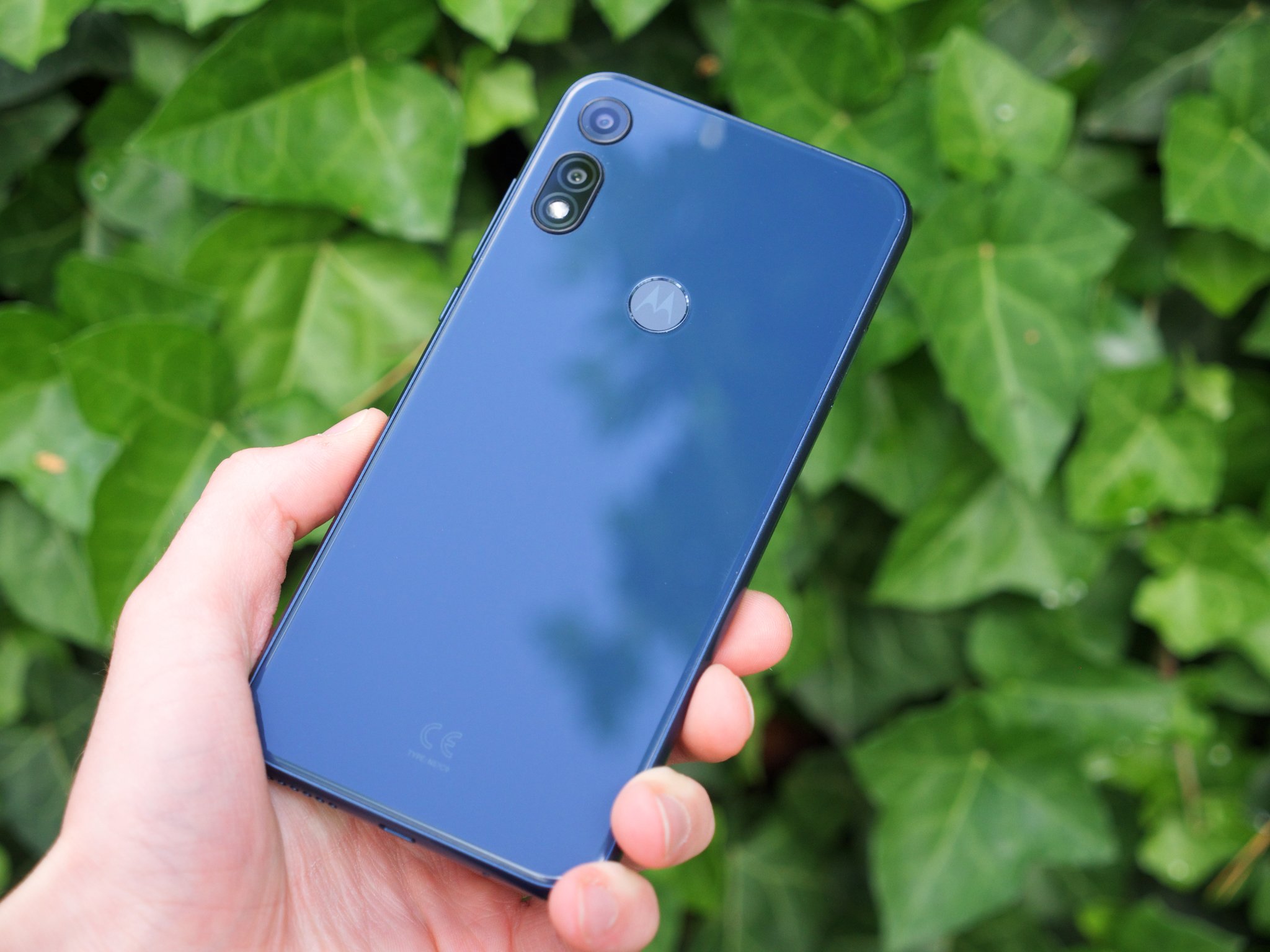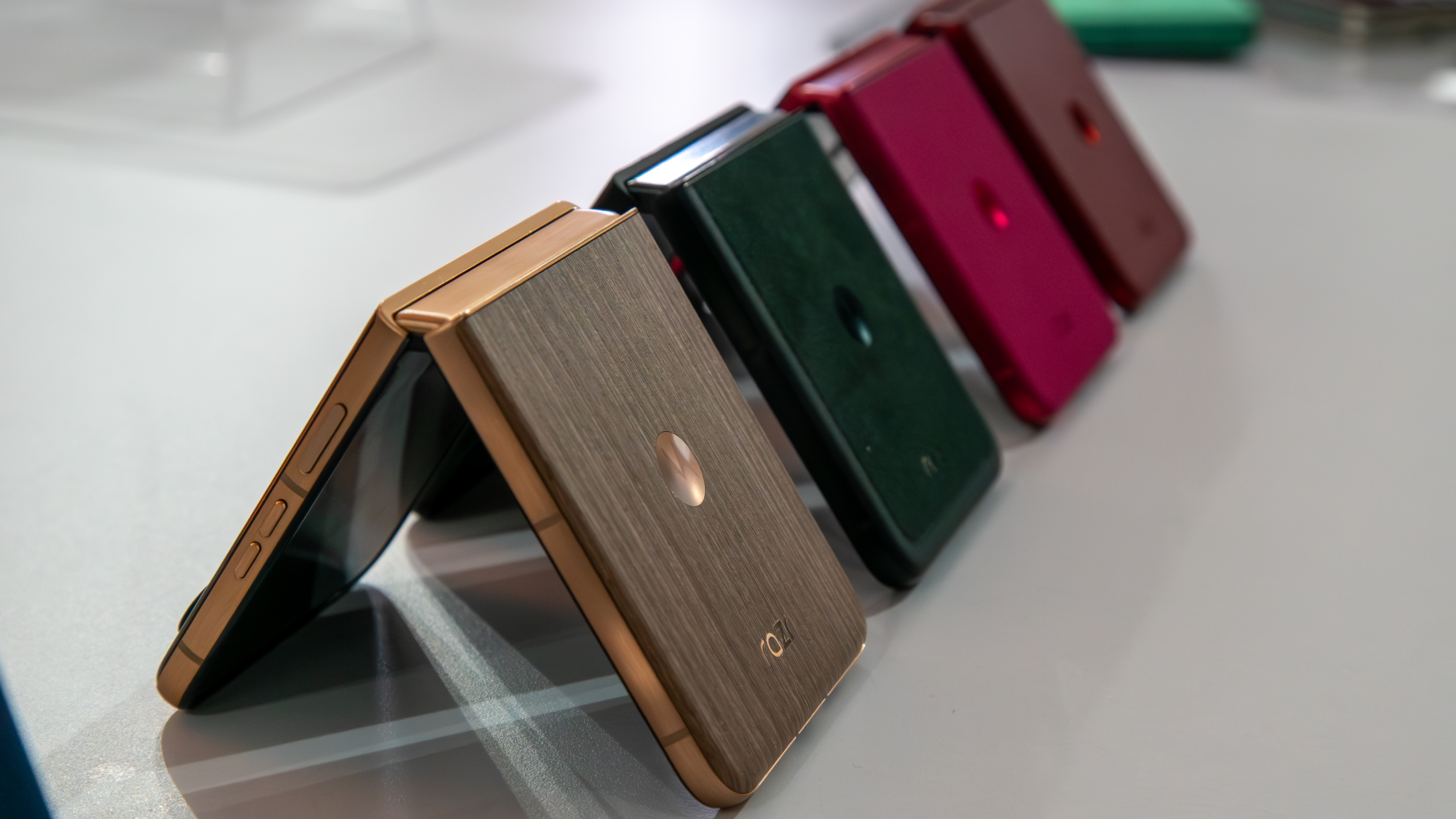Android Central Verdict
Bottom line: The new Moto E aims to deliver a fully-fledged Android handset at an extremely low price, and at its core, it succeeds. It runs Android 10, has all of the features you'd expect to see, and does so in a surprisingly well-built chassis. Certain expectations need to be set when evaluating a phone that costs so little, but Motorola made major cuts to a lot of key areas in order to hit the Moto E's appealing price. It also doesn't help that the company has another super affordable phone that is vastly superior in more ways than one.
Pros
- +
Feels substantial and well-built
- +
Fingerprint sensor works great
- +
There's a headphone jack
- +
Compatible with all U.S. carriers
- +
Seriously low price
Cons
- -
Limiting amounts of RAM and storage
- -
Very poor camera quality
- -
Won't get any software updates
- -
Micro-USB charging 🥴
Why you can trust Android Central
Shopping for an Android phone with a limited budget is a pretty solid experience here in 2020. You have plenty of options for $1000 flagships that'll entice you to spend more money, but if you're trying to keep costs down to around $600 or as low as $300, there are just as many choices available.
Motorola has been especially aggressive with its budget offerings this year, offering the Moto G Stylus, Moto G Power, and Moto G Fast. The G Power is arguably the best out of those three phones, making the smartest compromises to deliver a great user experience at a reasonable price.
However, not satisfied with just three low-cost Android phones, Motorola has a fourth card on the table in the form of the Moto E (2020). It's the successor to last year's ultra-low-cost Moto E6, and with a price tag of just $150, it's one of the cheapest fully-featured handsets you can buy in 2020. It succeeds in delivering a reliable user experience for not much money, but even within Motorola's own product family, spending just a little more cash can get you a vastly better device.
Design and display
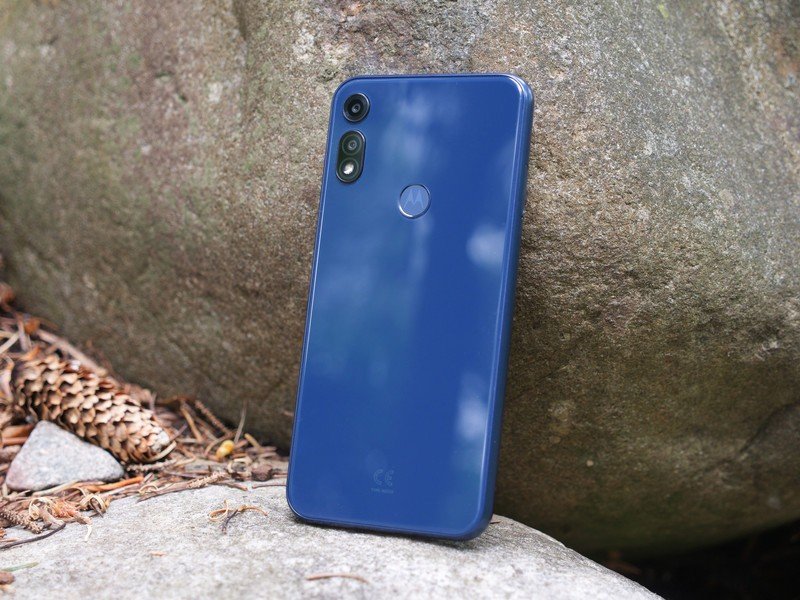
We'll start this review on a high note, given that one of the Moto E's strongest suits is its design/build quality. I wasn't expecting much in these regards for a $150 smartphone, but the Moto E feels every bit as good as its pricier Moto G siblings.
There's a decent amount of weight to make it feel substantial when held, the power and volume buttons and very clicky, and there's no rattling or creaking of any kind. This is a tightly constructed gadget that feels much nicer than its price tag would suggest, and I greatly appreciate that. I'm also delighted to see that Motorola included a fingerprint sensor, in addition to keeping the 3.5mm headphone jack.
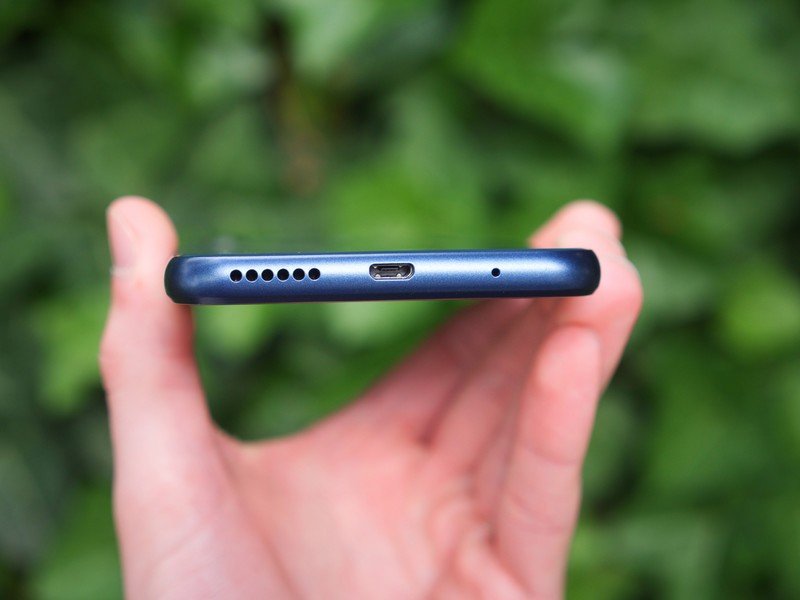
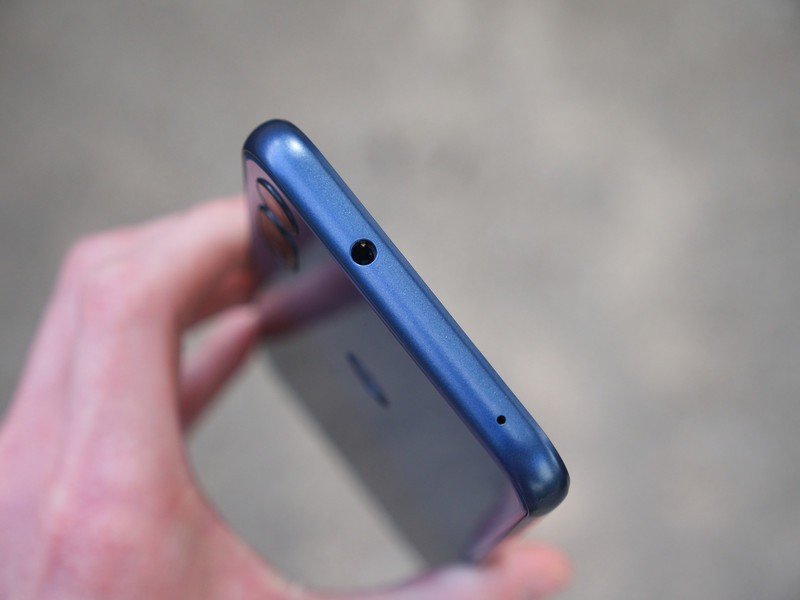
I do have a couple of complaints about how the Moto E was designed, the first of which is with its glossy plastic back. It picks up fingerprints very easily, making the phone look grimy and nasty after just a few minutes of use. There's also the matter of the phone charging via Micro-USB, which, if you ask me, is ridiculous for a phone of any price in mid-2020. We should be fully migrated to USB-C at this point, and going back to a handset with the old charging standard (not to mention the ultra-slow 5W wired charging) isn't a great experience.
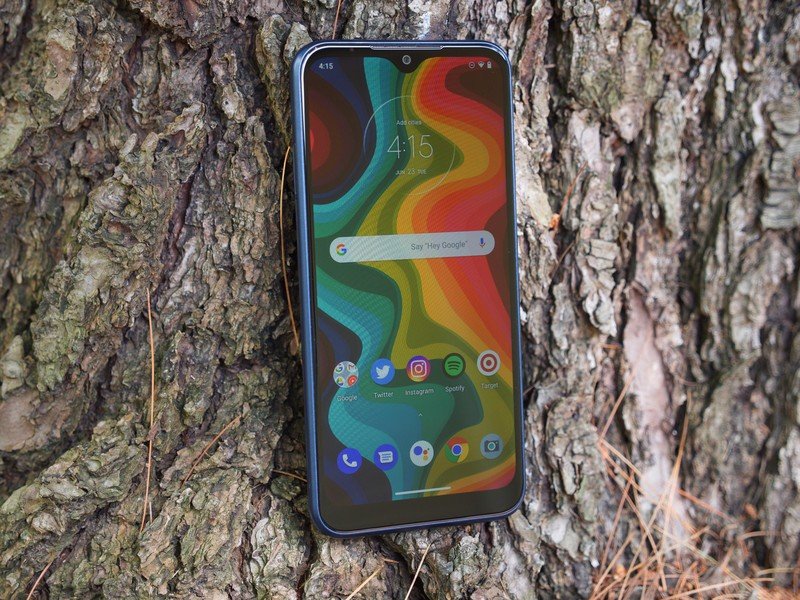
The display isn't amazing, but for the price, it's perfectly fine.
Taking a closer look at the Moto E's display, we're met with a 6.2-inch LCD panel with an HD+ resolution of 1520 x 720. It's certainly not the best display my eyes have ever seen, but given the Moto E's price, I'm fine with it. Colors are decent, and text is sharp enough, though you will need to put up with poor off-axis viewing angles and meager max screen brightness.
There's no arguing that this is a low-quality panel, but I also wouldn't say there's anything deal-breaking about it. You can get phones with better displays, but those cost more money. I never found myself hating how the Moto E's screen looks, and when talking about a phone like this, I think that's all you should reasonably ask for.
Performance and battery life
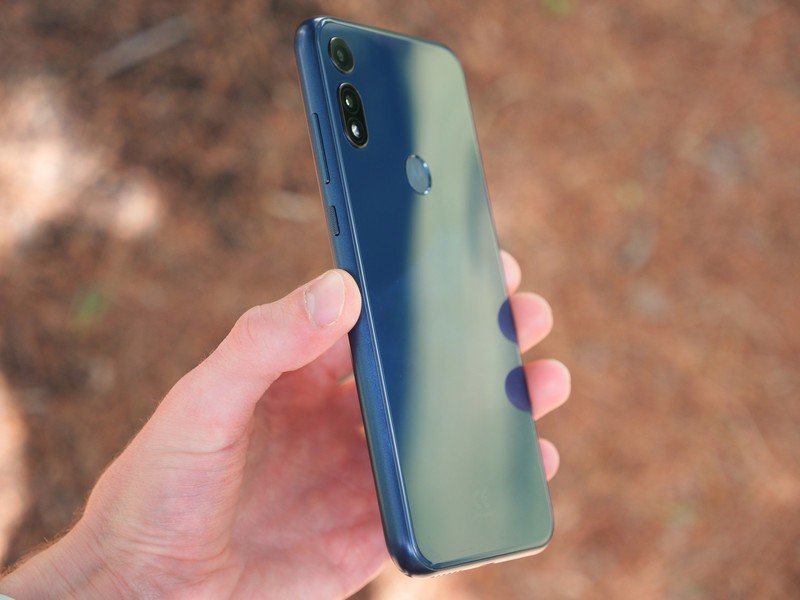
On the performance side of things, I've come to a similar conclusion that I have with the display. It's not amazing, but it's good enough. Powering the Moto E is a Qualcomm Snapdragon 632 processor (which is coming up on two years old) and 2GB of RAM. As you might expect, this means the Moto E comes with some performance limitations.
| Category | DeviceNameTKTKTK |
|---|---|
| Operating System | Android 10 |
| Display | 6.2-inchLCD1520 x 720 |
| Processor | Qualcomm Snapdragon 632 |
| Memory | 2GB RAM |
| Storage | 32GBExpandable up to 512GB |
| Rear Camera 1 | 13MP primary cameraf/2.0 |
| Rear Camera 2 | 2MP depth sensorf/2.2 |
| Front Camera | 5MPf/2.0 |
| Security | Fingerprint sensor |
| NFC | ❌ |
| Battery | 3,550 mAh5W wired charging |
| Water Resistance | Water-repllent design |
| Dimensions | 159.77 x 76.56 x 8.65mm |
| Weight | 185g |
| Colors | Midnight Blue |
Apps often come with slow loading times when navigating through different parts of them, multitasking isn't the best, and the Adreno 506 GPU doesn't offer enough horsepower for intensive games. I tried playing Call of Duty: Mobile on the phone, and while it was serviceable with Low graphics and Medium frame rate settings, the gameplay wasn't entirely free of some stutters.
That said, the Moto E does still do everything you ask of it. It allows you to spend hours scrolling through Twitter, YouTube videos stream without any issues, and you can view all of your favorite websites on Google Chrome. The experience comes with jitters and slow-downs, but the Moto E ultimately gets the job done.
Going back to the critical side of my brain, I am worried as to how the Moto E will keep performing a few months or a year down the road. This is already a pretty outdated spec loadout, and as you fill the phone up with apps, games, and other digital files, it's only bound to get more and more bogged down.
Speaking of filling the phone up, you're very limited as to how much you can install right out-of-the-box. The Moto E only comes with 32GB of internal storage, meaning it won't be long at all before you find yourself running out of room. Motorola does remedy this with a microSD card slot that allows you to add up to 512GB of additional space, but even for these super cheap phones, I'd love to see 64GB become the norm.
As for the Moto E's battery life, it's actually quite good! The 3,550 mAh battery should allow for at least one full day of heavy use, or a day and a half if you're on it less.
Cameras
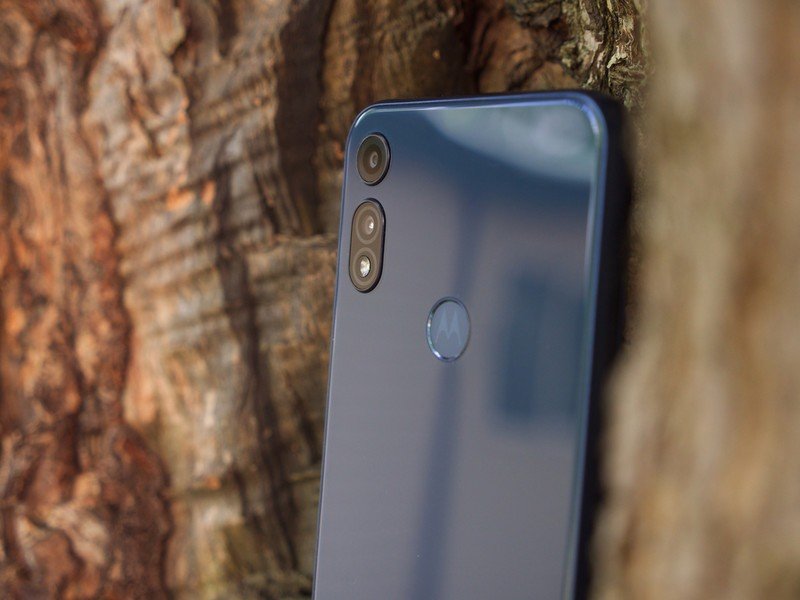
If there's one part of a phone that tends to get sacrificed the most when targeting the low-end market, it's the camera. This is how the story has gone for years, with some cuts being worse than others. In the case of the Moto E, things aren't any different.
Motorola equipped the Moto E with a pair of rear cameras, including a 13MP primary camera and a 2MP depth camera. It's the first Moto E phone to have more than one camera on the back, and while seeing evolution there is great, the overall experience of using the camera is quite poor.

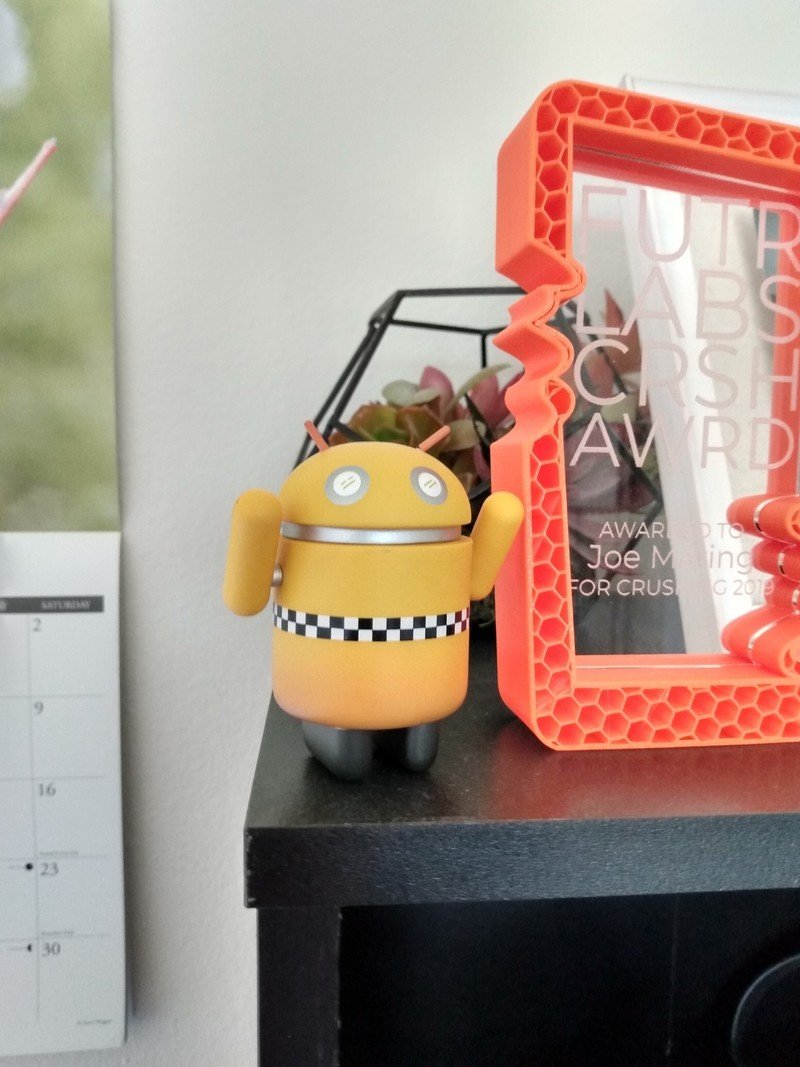
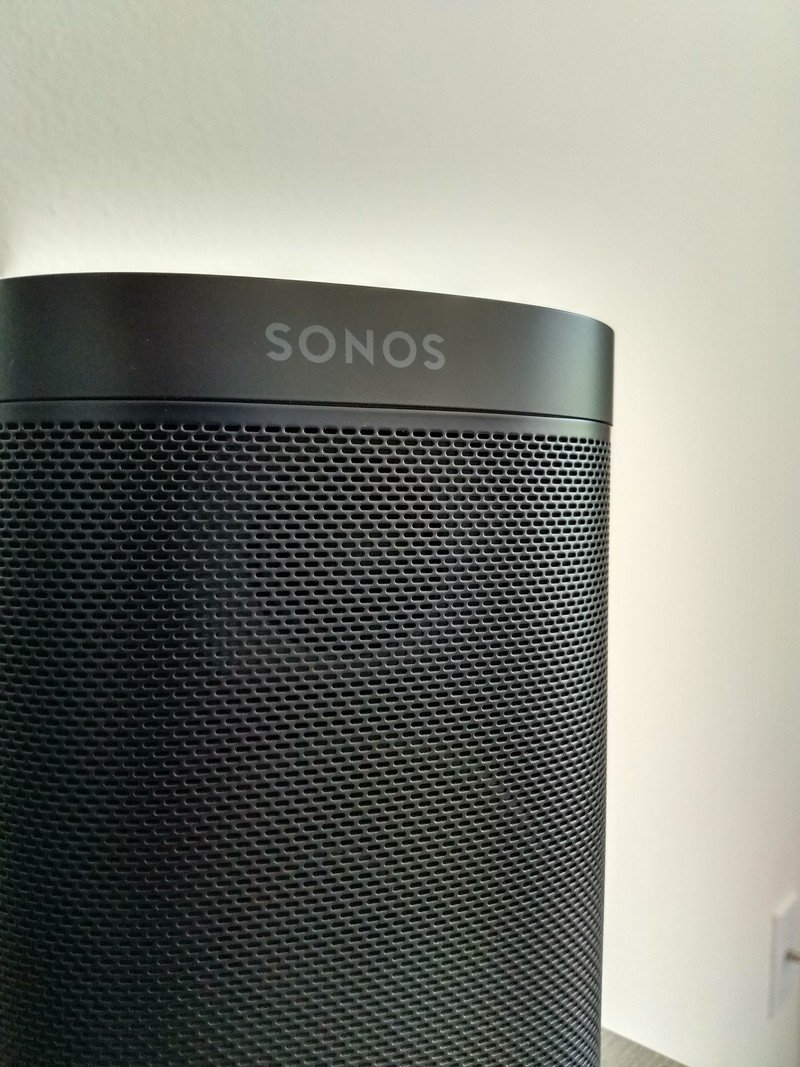



The camera app is laid out nicely with easy-to-use controls and direct integration with Google Lens, but boy is it slow. Focusing on subjects and pressing the shutter button to snap a photo both feel like laborious processes for the Moto E, often resulting in blurry or misfocused shots. If you do happen to get properly focused, images are still tainted with bland colors and often overblown highlights.
Moving on to the 5MP front-facing camera, it's okay for the quick selfie here and there. It's also not a terrible choice if you want to do a quick video call, so long as you don't use Google Duo. I hopped on the app just to make sure it ran smoothly on the Moto E's lesser hardware, and wow — it is a terrible experience.

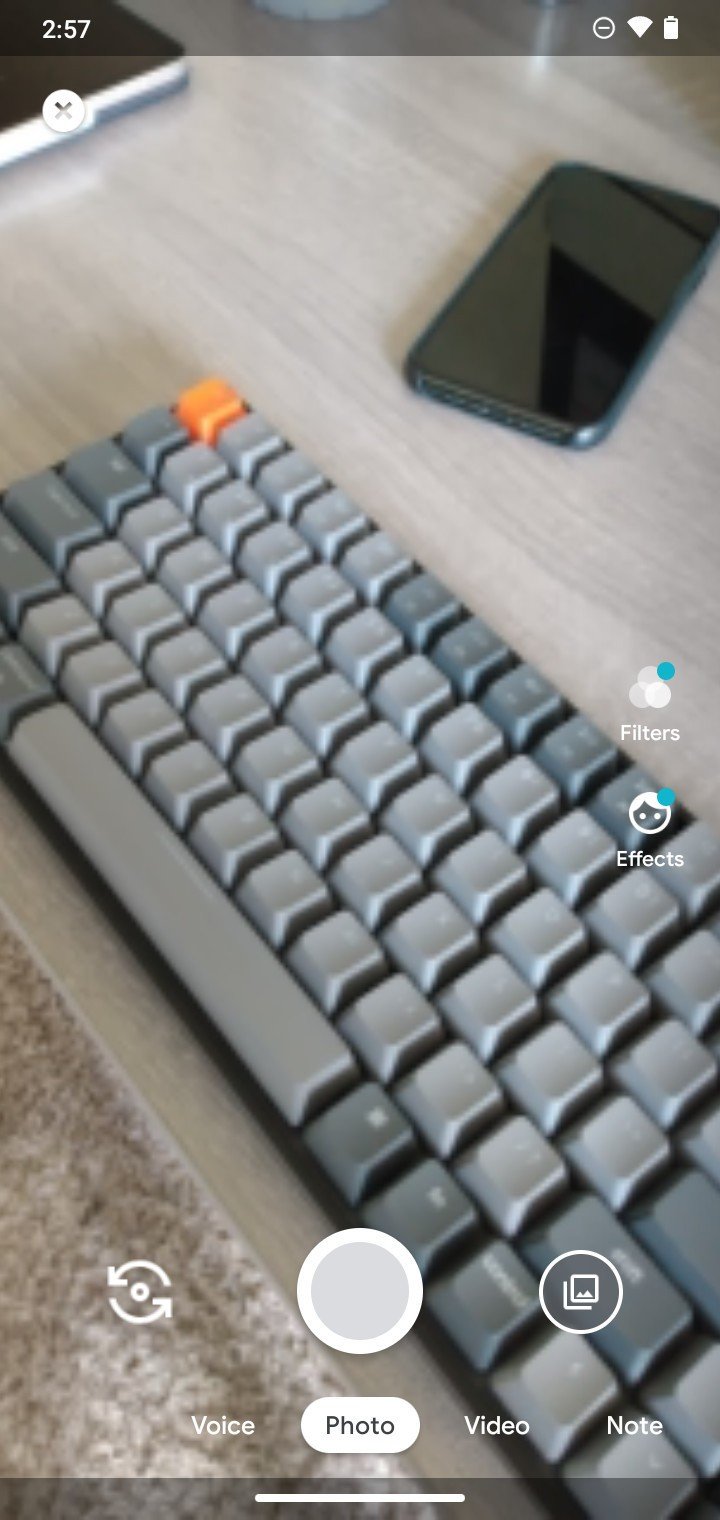
Source: Android Central
Navigating through Google Duo is good enough, but the camera quality for both the front and rear camera is abysmal. It's pixelated to the point where it looks like something has to be broken, but nope. I reached out to Motorola about this, and they said it's working as intended.
Simply put, if you're a frequent Google Duo user, this is not the phone for you 😬.
Software
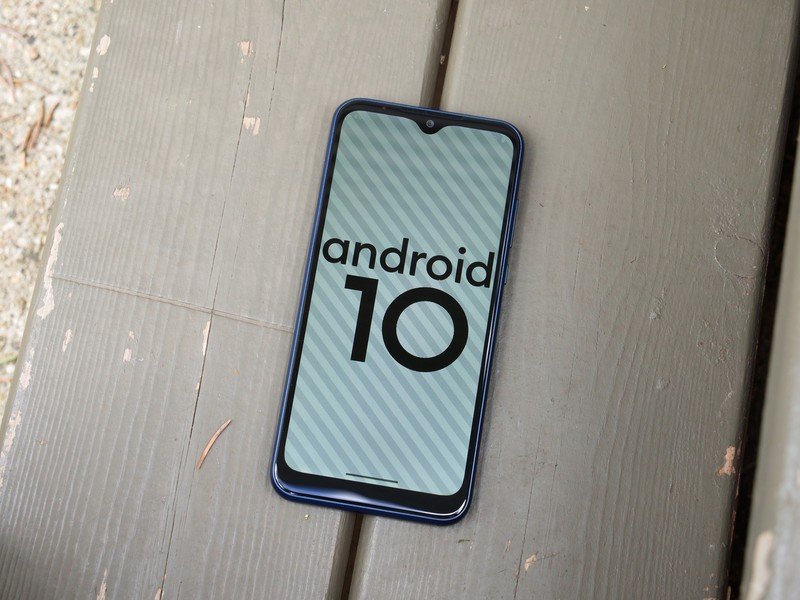
The Moto E ships with Android 10, and like all other Motorola phones, comes with a slew of customizations from the company that only enhance the "stock" Android experience. The aesthetic of the software is very reminiscent of what you'd find on a Google Pixel, meaning it's simple, uncluttered, and very easy to navigate.
All of the custom Motorola bits are found in the Moto app, with some of the highlights being Moto Display, all of the various gestures bundled under Moto Actions, and the new Personalize suite for changing your font, icon shapes, and accent color. Unfortunately, the Moto E is strangely missing some features that you get in Motorola's Moto G phones — specifically, Moto Gametime (an easy way to silence notifications while playing games) and the gesture for twisting the phone to open the flashlight.
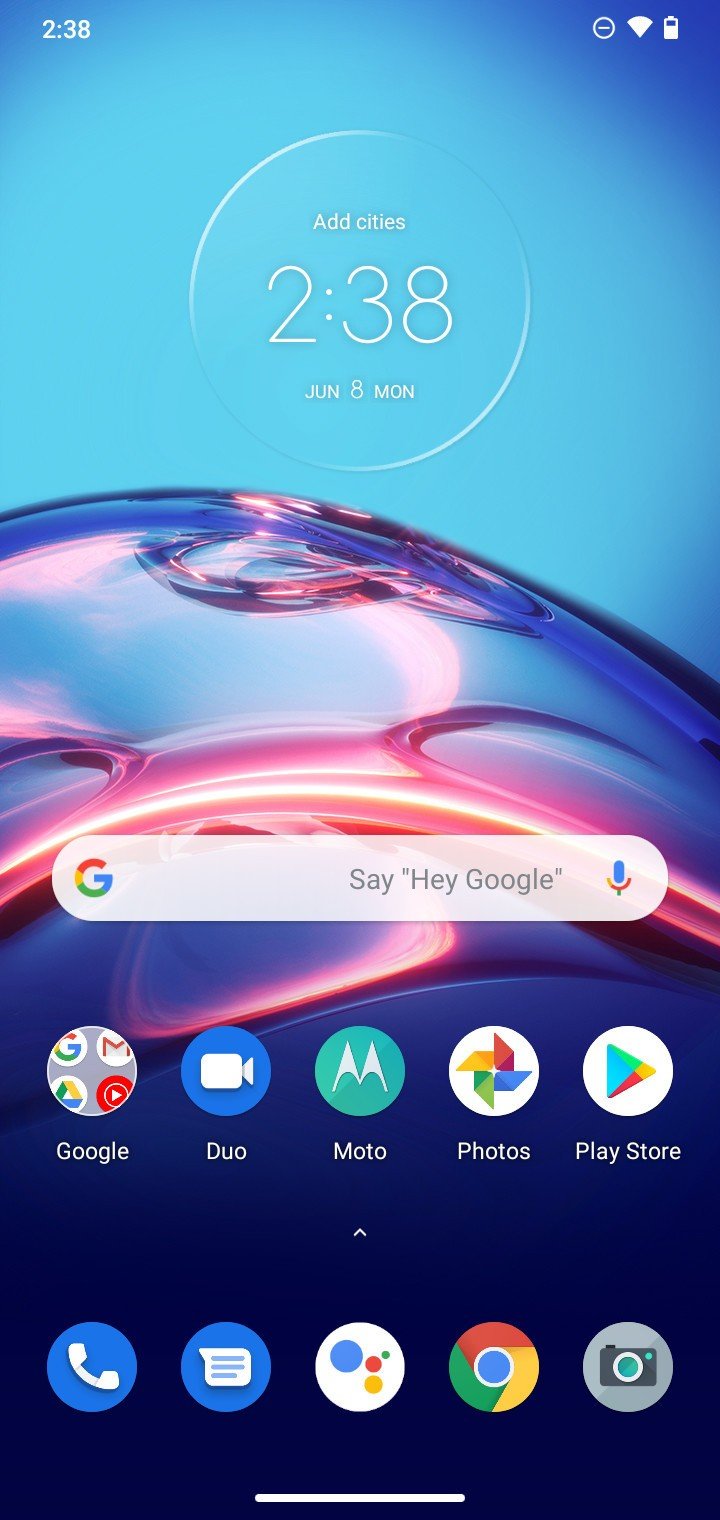
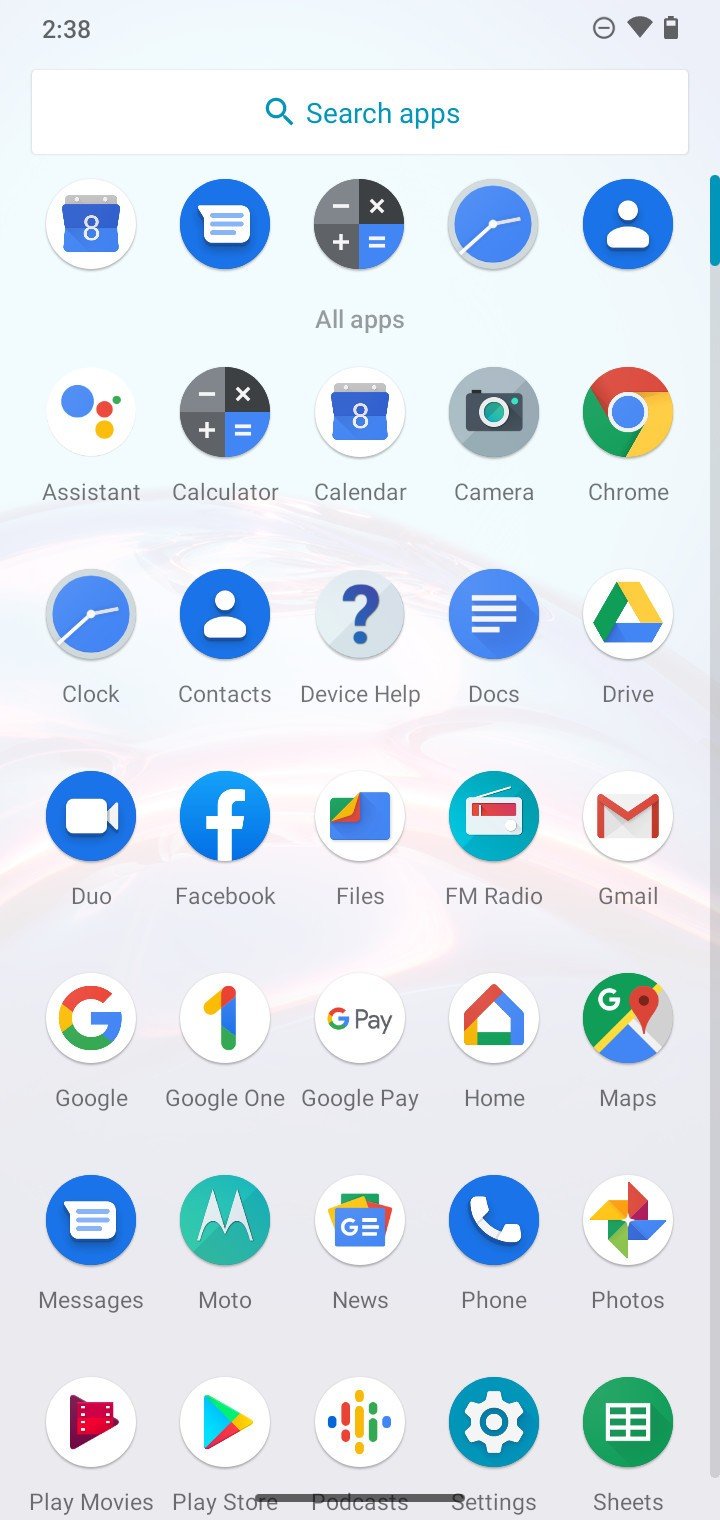
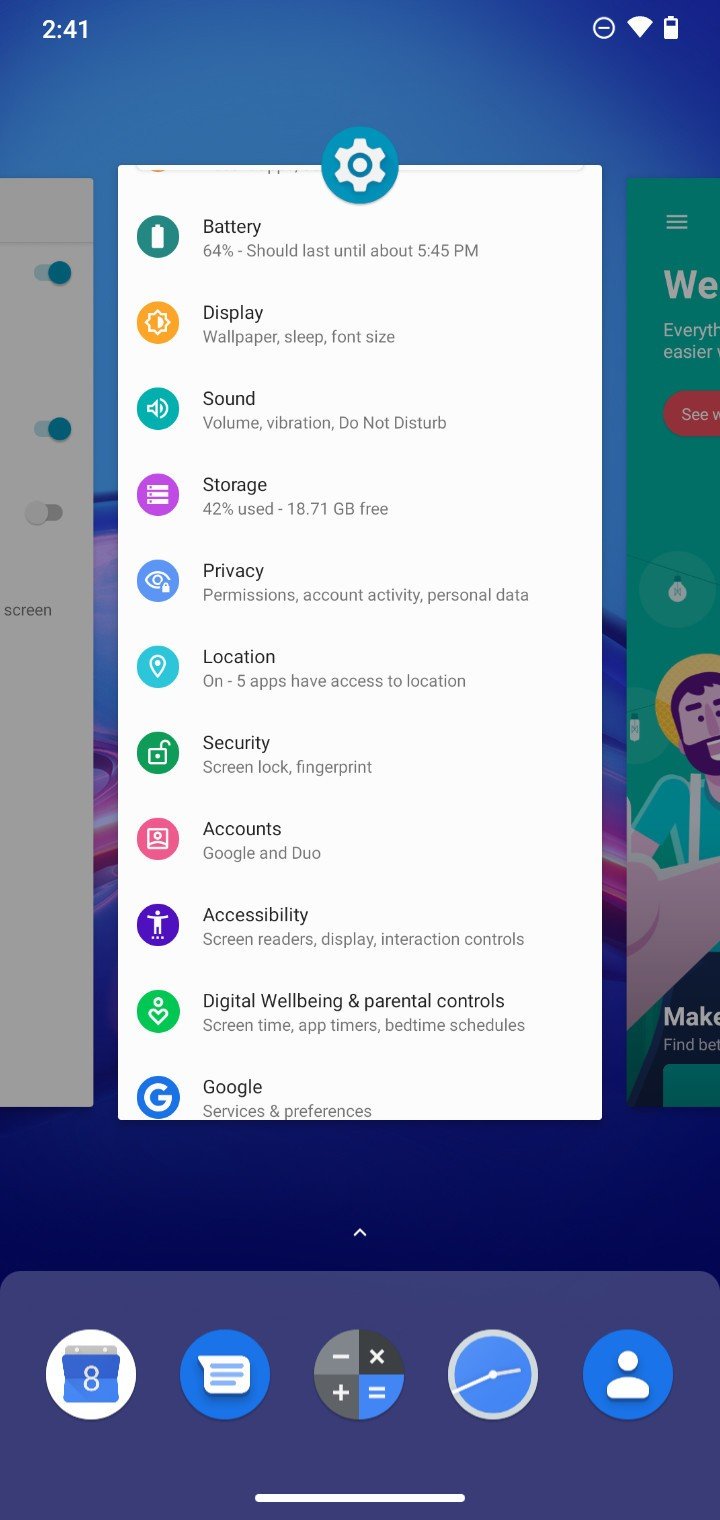
Source: Android Central
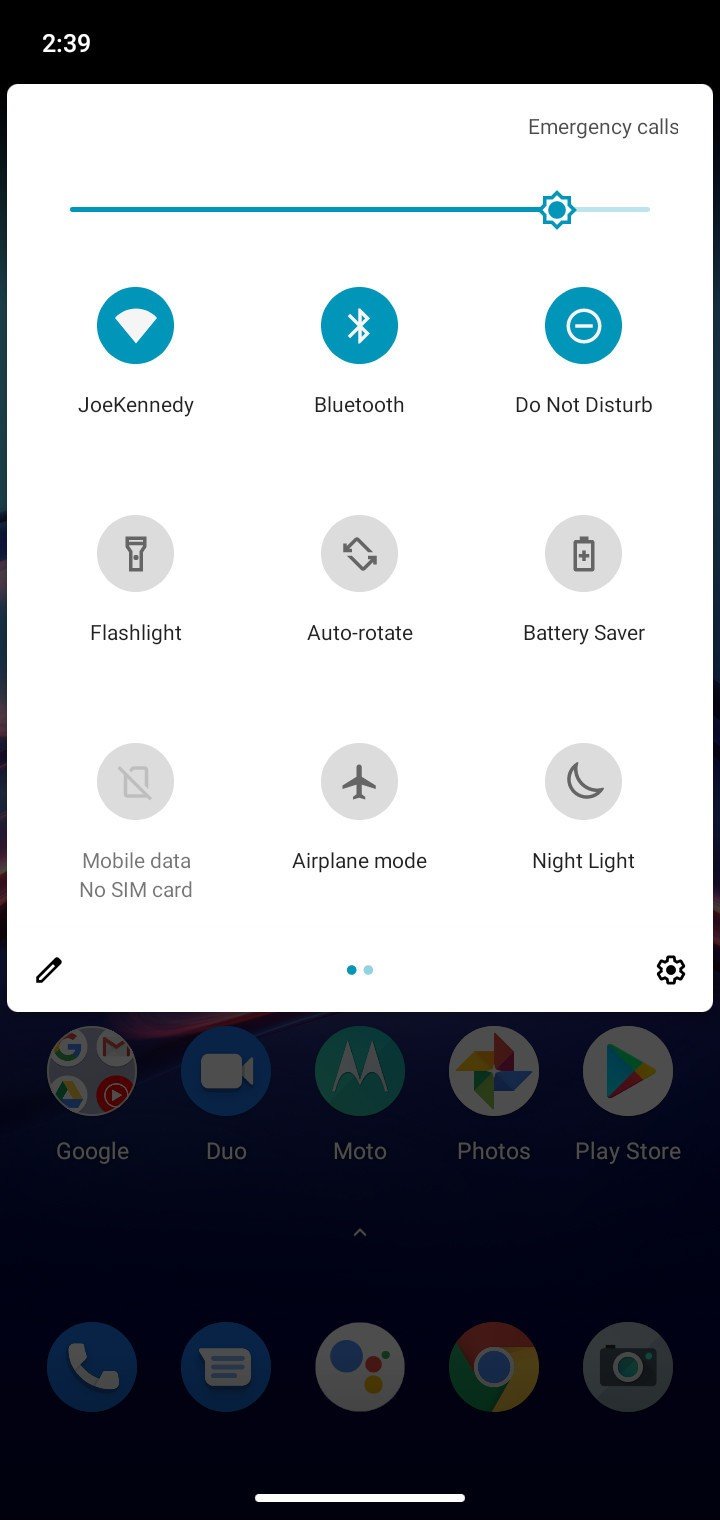
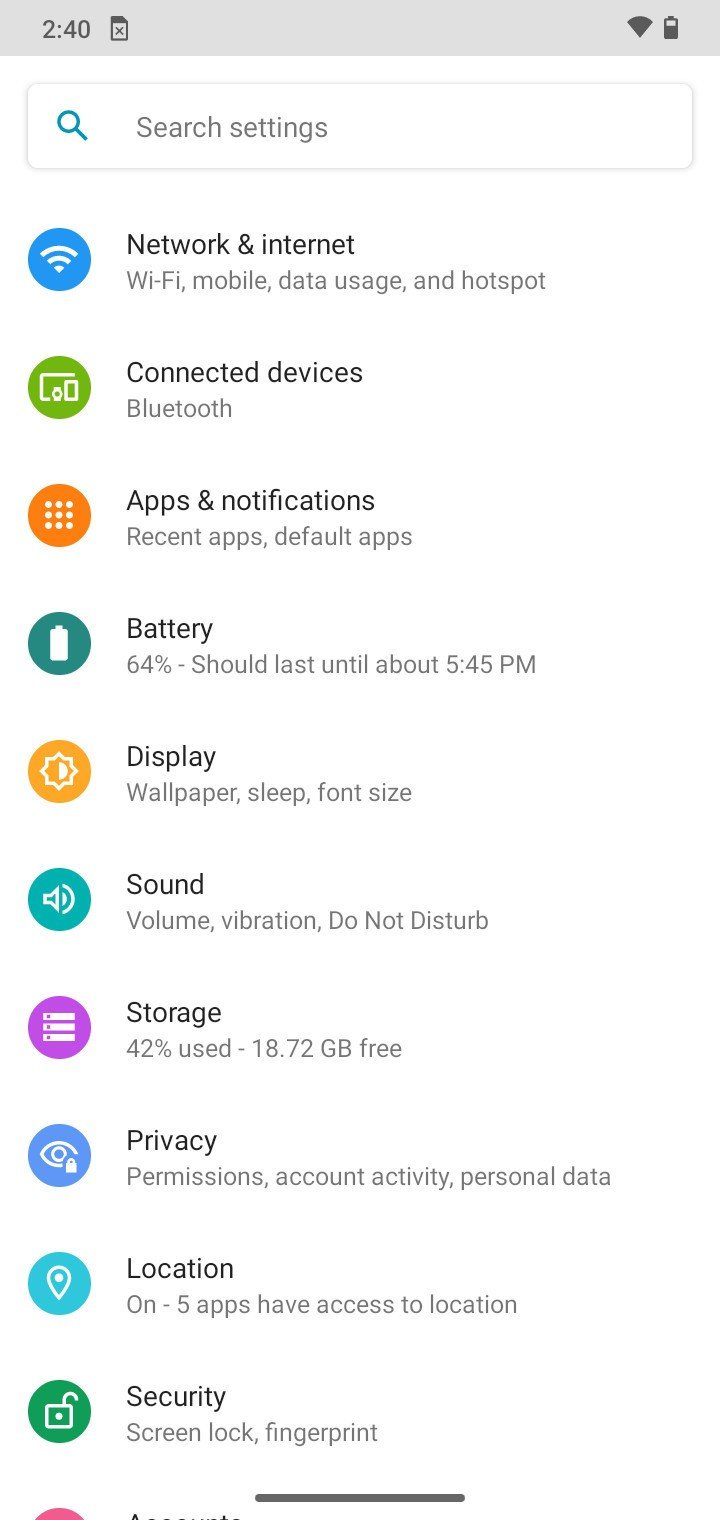
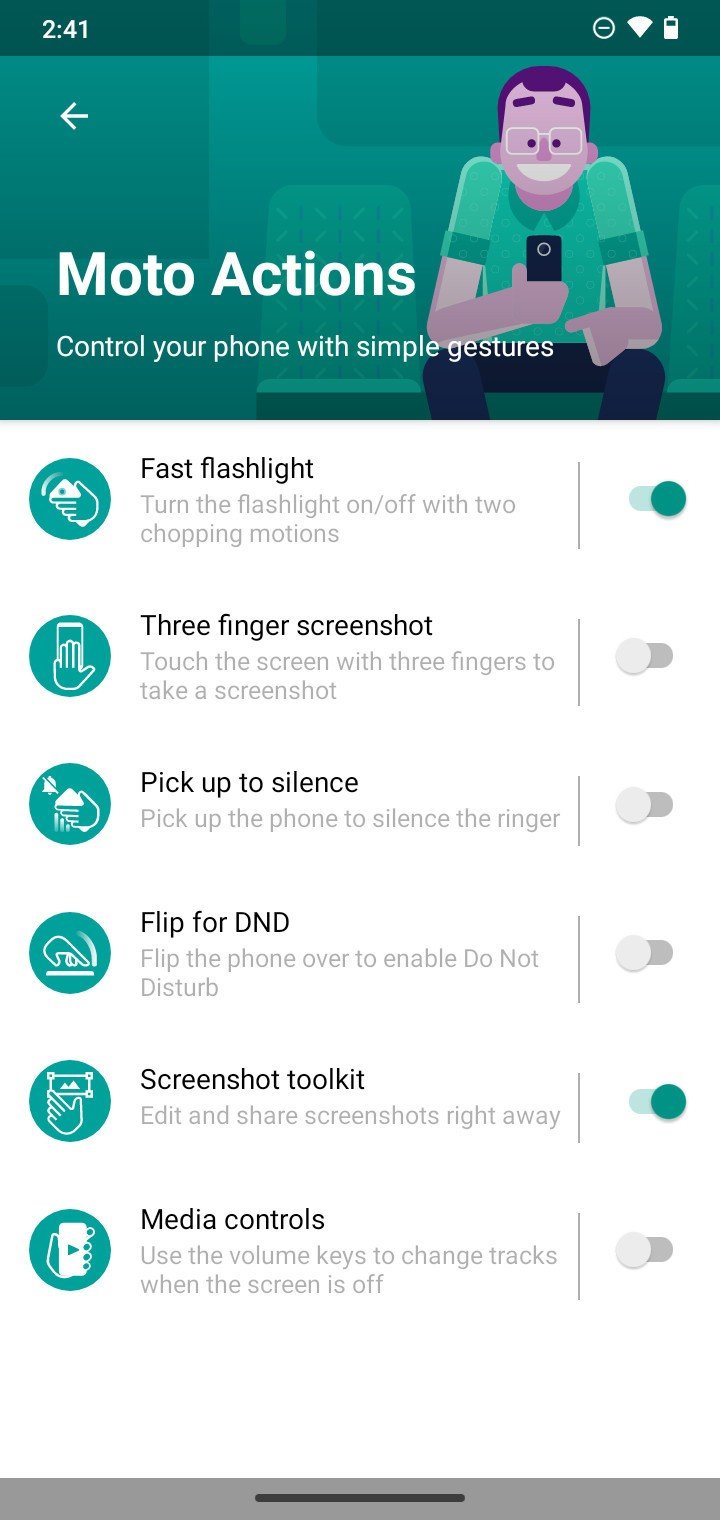
Source: Android Central
I can understand the omission of Moto Gametime given that this isn't a phone designed for playing a lot of games, but not including the camera twist gesture is flat-out weird. This is one of the most iconic traits of Motorola's Android software and has been a thing ever since the original Moto X from 2013. Double-pressing the power button to launch the camera is a perfectly fine alternative, but it's just such a strange thing for Motorola not to include.
Moving on to more severe software faults, there's the matter of software updates (or, more accurately, the lack thereof).
You won't get a single update on the Moto E, and that's ridiculous.
For the Moto G Power and Moto G Fast that I previously reviewed, one of my biggest complaints about those two phones was the fact that Motorola only promises one software update for them. That means you'll get an upgrade to Android 11 at some point down the road, but nothing beyond that.
The Moto E is even worse, as Motorola has confirmed the phone won't get any major OS updates. It ships with Android 10, it'll die with Android 10, and that's all there is to it. This is a practice we've seen for the last few Moto E releases, and it's one Motorola needs to strongly reconsider. I understand that these are low-cost smartphones, but consumers shouldn't be forced to spend more money just to get a software update. Especially with competition from Nokia setting the gold standard for how you properly handle software support for budget-minded handsets, Motorola's decision to abandon the Moto E like this just looks bad.
Competition
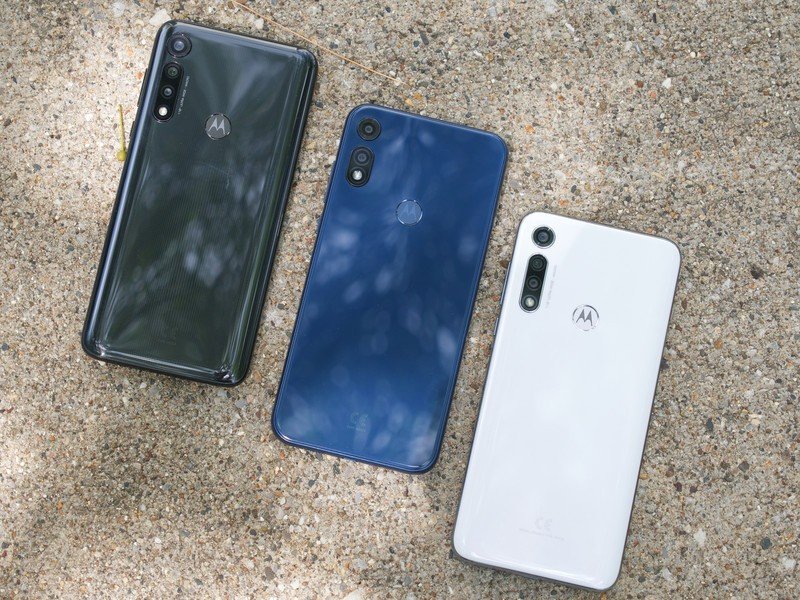
Speaking of that competition, a perfect example of how you properly go about this is the Nokia 2.3. It costs even less than the Moto E at just $129, all while offering very similar specs and the promise of two years of major software updates and three years of monthly security patches. The phone shipped with Android 9 Pie, has since been updated to Android 10 and should get Android 11 once it becomes available. That's how updates should be handled, and it's a policy you see for all of Nokia's Android handsets regardless of how expensive or cheap they are.
If long-term updates aren't a major concern to you and you're just looking for a better overall phone, Motorola has two other options that are strongly worth considering.
The Moto E is fine, but the G Fast outshines it in almost every way for just $50 more.
The Moto G Fast is a better phone than the Moto E in virtually every way, offering a much better processor and GPU, 3GB of RAM, vastly improved cameras, a larger 4,000 mAh battery, USB-C charging, and a promised update to Android 11. The best part? You get all of this for just $50 more than what the Moto E costs. The Moto G Fast isn't my first choice for a budget Android phone, but its numerous improvements for not much more money make the Moto E an impossible sell unless you absolutely can't spend a penny more than $150.
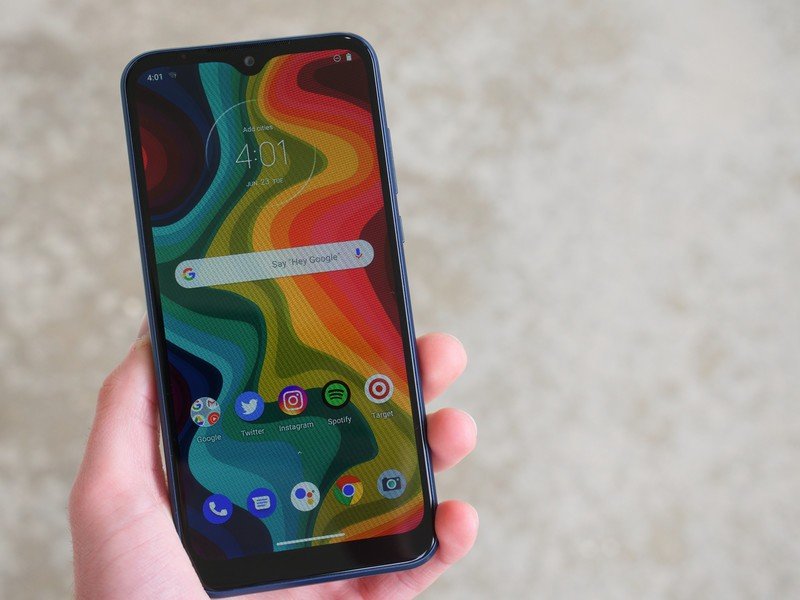
You also have Motorola's Moto G Power, which is one of the best budget Android phones you can buy in 2020. It's a lot like the Moto G Fast, but it increases the display to a much sharper Full HD+ resolution, bumps up the RAM yet again to 4GB, and doubles the storage to 64GB. You also get a massive 5,000 mAh battery, which is big enough to get you two or three days of use on a single charge.
The $100 separating the Moto E and the G Power isn't quite as small as the price difference between it and the G Fast, but if your budget allows you to spend $250, the Moto G Power is the way to go.
Moto E (2020) Should you buy it?
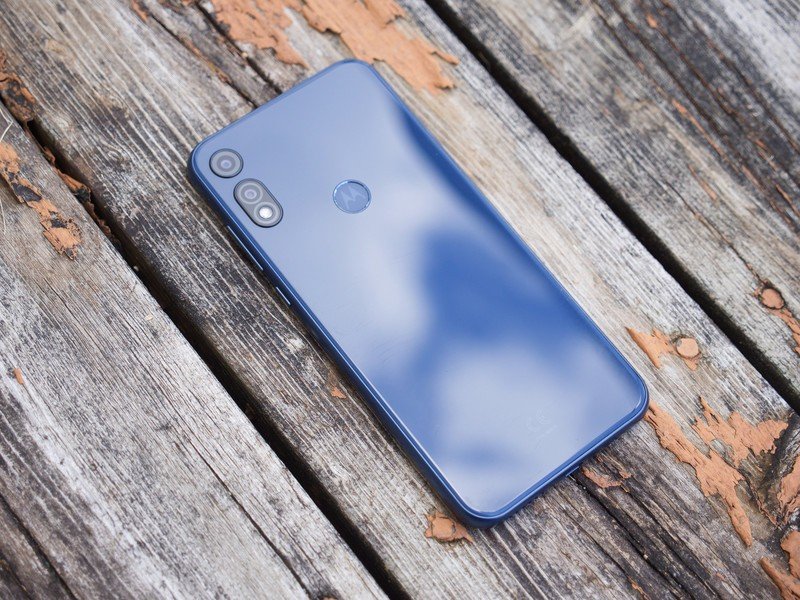
Who it's for
- If you cannot spend a penny more than $150 on your next phone
- If you need an ultra-cheap phone with a fingerprint sensor and headphone jack
- If you like Motorola's custom Android software
- If you need a phone that works on any carrier (AT&T, T-Mobile, Sprint, or Verizon)
Who it isn't for
- If you can spend a little more money for something like the Moto G Fast
- If you take a lot of pictures with your phone
- If you care at all about software updates
It's no secret that the more money you spend, the better phone you'll get. This is why we have the $1,400 Galaxy S20 Ultra, which is one of the most premium and high-end handsets you can buy. However, since those expensive flagships are way too costly for a lot of folks, we have other phones that use less-powerful specs and cut some features in order to reach reasonable costs.
Should you find yourself in a situation where you're short on cash but need a new Android phone to get you by, the Moto E is a fine device. It makes calls, sends texts, and runs all of the apps you need it to while maintaining one of the lowest prices out there. Beyond that, though, it's a tough sell.
Between the underpowered chipset and RAM, awful cameras, Micro-USB charging, and lack of any software updates, there's a lot going against the Moto E. Compromises and limitations are to be expected with phones this cheap, but some of these feel pretty drastic. It also doesn't help one bit that Motorola has two vastly better alternatives for not much more money — especially all of the improvements you get with the $200 Moto G Fast.
3 out of 5
Just like with that phone, Motorola's strategy of having four phones all within $50 of each other works to its disadvantage. The Moto E is a fine enough device given its price, but spending just a little bit more for the G Fast results in you getting a substantially better phone.
I'm glad shoppers with super tight budgets have the Moto E as an option to consider, but when you factor everything together, it's a pretty underwhelming package.
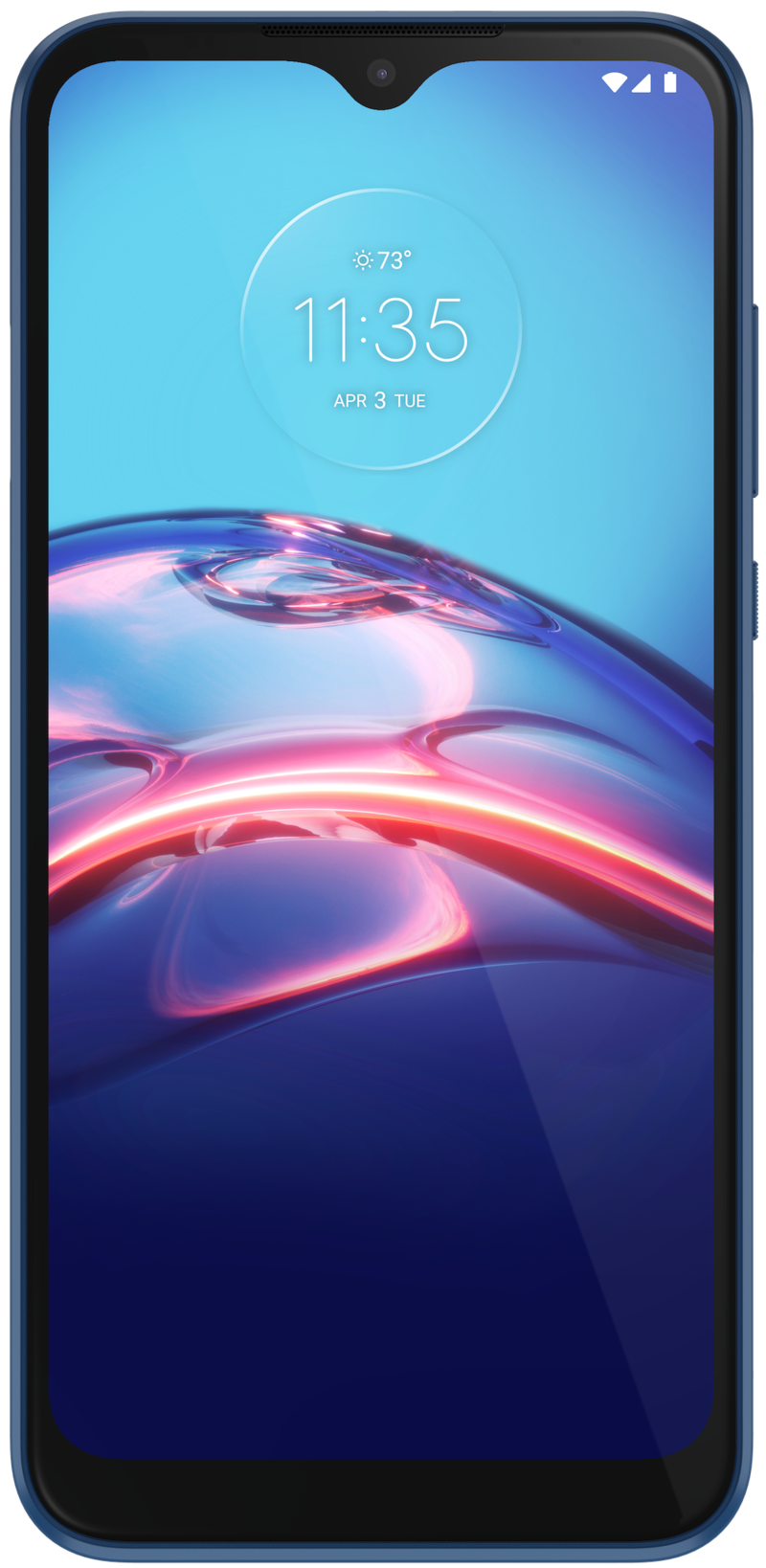
It's not perfect, but it gets the job done
Motorola's quest to offer as many cheap phones as it can continues to stumble a bit with the Moto E. It's a decent phone that provides a mostly enjoyable experience for people shopping with a very tight budget, but spending just a little more cash can get you a much better handset within Motorola's own product line.
Joe Maring was a Senior Editor for Android Central between 2017 and 2021. You can reach him on Twitter at @JoeMaring1.
